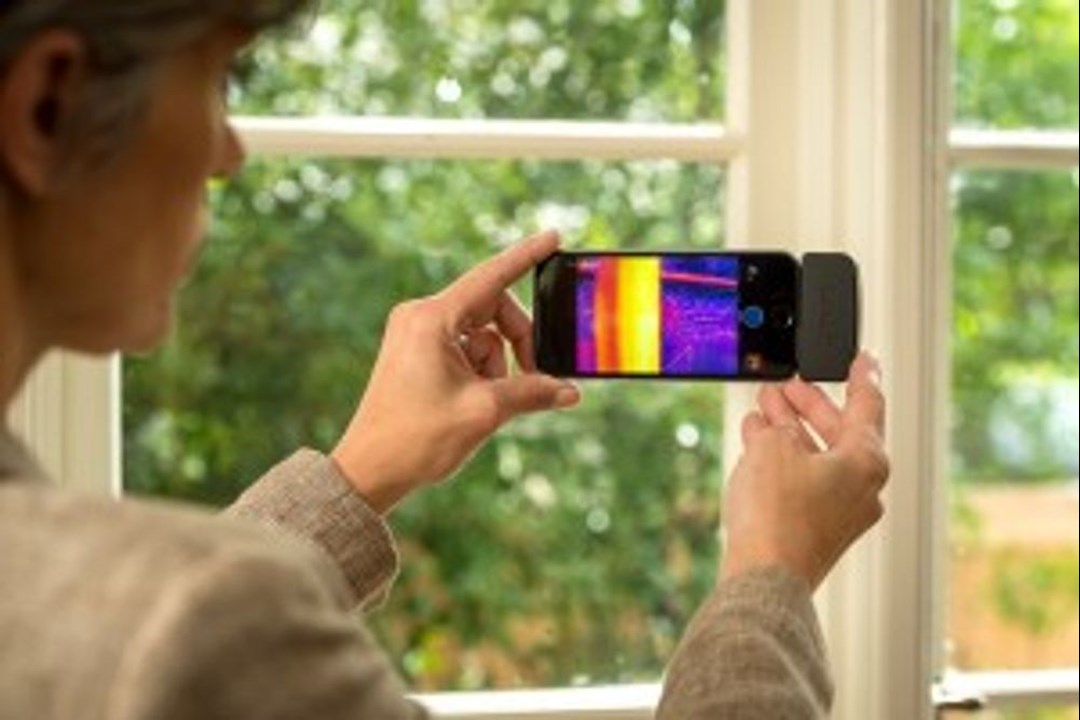HERS Ratings and Transparent Green – You Can Run…

Melissa Baldridge, of GreenSpot, explains how HERS Ratings and similar performance measures make it more difficult for home and building owners to hide inefficiencies from potential buyers and renters.
Finding out whether a home is energy-efficient (or not) is as close as a smart phone.
HERS ratings, the industry standard for measuring residential energy efficiency, are now available on a national, on-line database. The Home Energy Rating System (“HERS”) is like a “miles-per-gallon” sticker for a home, and last year 43 percent of all new construction homes had them. Now these scores are public record.
The best way to think of a HERS ratings is like an x-ray – it makes visible system and mechanical efficiencies, insulation levels, lights and appliances, and how leaky both a house and the heating and cooling duct systems are. The final rating number reflects how all these systems interact. With transparency guiding more and more industries, HERS ratings are another level of a seller’s property disclosure.
If homes are built or renovated with efficiency in mind, they may, in fact, have a HERS rating. And many green-home certifications, like ENERGY STAR and LEED for Homes, incorporate them as a determiner for certification levels. High-performance homes that have HERS ratings stand out from the crowd, while older homes without them drift into obsolescence.
In addition to providing detailed information about a home’s energy efficiency, HERS ratings also identify those features that drive energy use; quantify energy savings in dollars; provide cost-benefit analysis for improvements, including “gut” remodels; can add value to home prices and hard-core those savings into mortgage underwriting through Fannie Mae guidelines.
While HERS ratings are for homes, commercial buildings aren’t immune from this trend toward greater transparency. A number of cities like Austin, Chicago and Washington, D.C., now require energy “benchmarking” – measuring a building’s energy use against similar buildings. The resulting percentile shows how a building fares against properties like it.
The city of Boulder is even requiring publicly available energy-efficiency ratings on all rental properties by 2019, much like health ratings for restaurants. And there are even smart phone infrared-imaging (IR) and apps available now for as little as $250 so visible energy loss from a home or building can even be seen on a drive by. It’s only a matter of time before some tech entrepreneur develops an app like Google Earth that shows homes’ and buildings’ energy loss through IR – heat transference writ large. ‘An infrared eye in the sky.
As energy costs continue to rise, information like HERS ratings become more important and enable high-performance homes to stand out. But info and apps like these also provide fewer places for owners to obscure poor-performing properties.
You can run, but you cannot hide.
Melissa Baldridge co-founded the GreenSpot companies. GreenSpot is a provider of HERS ratings and other green-building professional service









